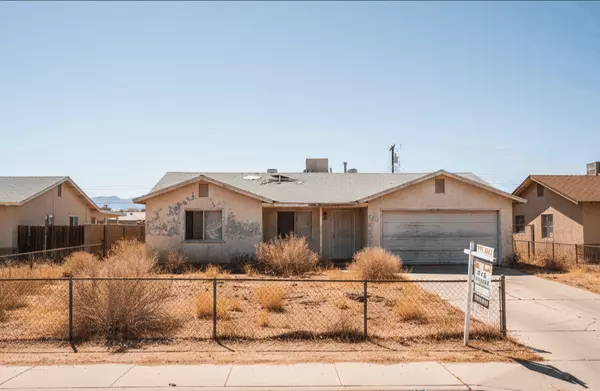The Vegas Market Right Now: Average Home = 44 Days on Market
Quick snapshot
Here’s the headline everyone’s asking about: the average Las Vegas home is sitting about 44 days on the market. That’s long enough to sleep on an offer, but not so long sellers start panicking. Buyers — breathe. You’ve got time to negotiate. Sellers — don’t be cute: price it right the first time.
What 44 days actually means
In plain terms, homes are moving at a moderate pace. It’s not a blistering seller’s market where you get five offers in a weekend. It’s also not a buyer’s paradise where you can haggle for days. Think steady. That gives both sides leverage — buyers can negotiate, sellers need to be realistic.
Why this matters for sellers (aka: don’t make rookie moves)
- Price it right day one. Overpricing gets you stale listings, price cuts, and fewer showings. That’s worse than pricing fair out of the gate.
- Staging and curb appeal move the needle. Small updates—fresh paint, decluttering, nicer photos—can shave weeks off your time on market.
- Pre-listing inspection helps your negotiating position. Buyers like certainty. If you can show condition and fixes up front, you’ll keep more buyers in play.
- Timing matters. Certain neighborhoods move faster. Summerlin and Henderson listings still attract steady demand; tailor your strategy to your zip code.
Tips for buyers (yes, you have options)
With roughly six weeks on the clock, you can be strategic. Don’t lowball so hard you insult the seller. Instead:
- Make realistic offers with clean terms.
- Ask for a short inspection window if you want speed.
- Consider small seller concessions rather than forcing a price cut—sometimes a few thousand toward closing costs wins the deal.
Neighborhood nuance — it’s not one-size-fits-all
I’ve observed that micro-markets behave differently. Some pockets in Summerlin or Henderson still see shorter market times. Others, especially higher price bands, can sit longer than the 44-day average. Your agent should know local comps down to the block—not just a city-wide average.
Final word (and a realistic CTA)
The takeaway: the Las Vegas market is balanced enough to reward preparation. Sellers — price smart, stage smart, and be ready to move. Buyers — come prepared, make solid offers, and negotiate confidently. If you want a local read tailored to your house or neighborhood (I do this weekly), reach out. I’ll pull the latest data and tell you exactly where your property stands.
Ready to act? Contact me for a free market analysis or a pricing strategy that actually gets results.
Las Vegas Homes 44 Days on Market — FAQ & Local Selling Tips (2025)
Categories
- All Blogs (169)
- Anthem (1)
- Buyers (4)
- Downsizing (12)
- Expired Listings (1)
- Housing Market Trends (91)
- Informative (20)
- Luxury (1)
- MacDonald Highlands (1)
- Madeira Canyon (1)
- Mountains Edge (9)
- Probate (19)
- Queensridge (1)
- Relocation (2)
- Sellers (3)
- Summerlin (11)
- Sun City Summerlin (1)
- Thoughts on Home Tour (2)
Recent Posts










GET MORE INFORMATION

